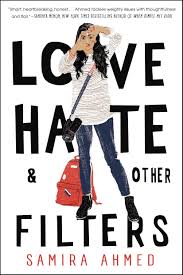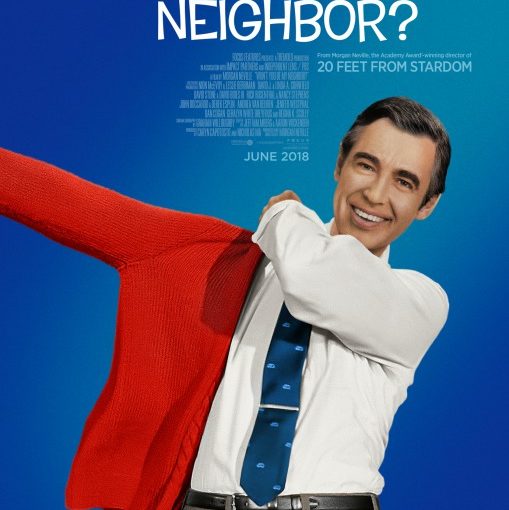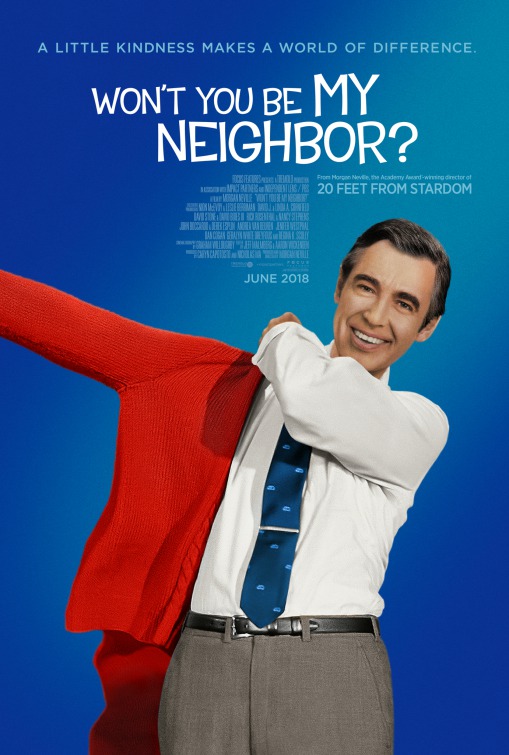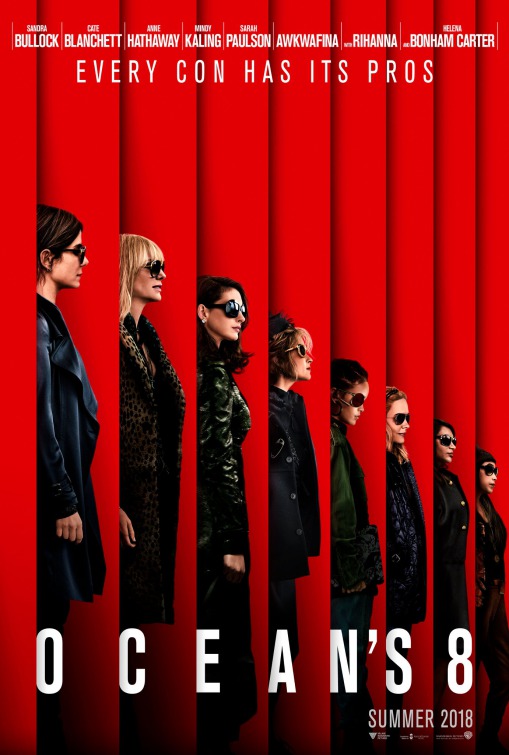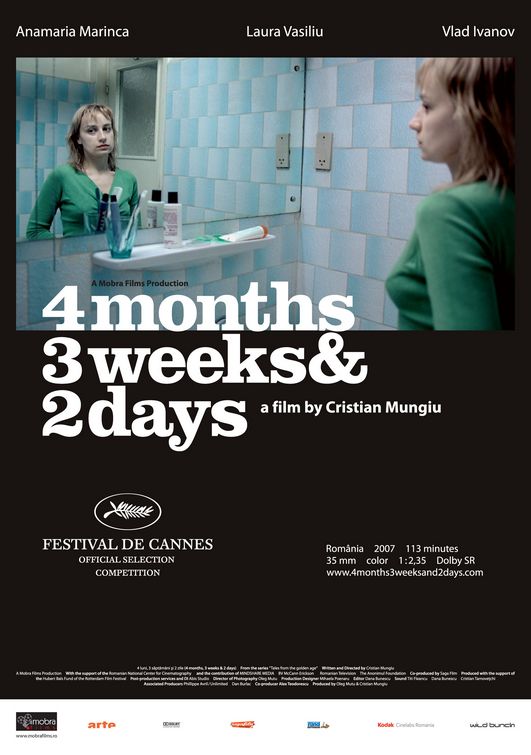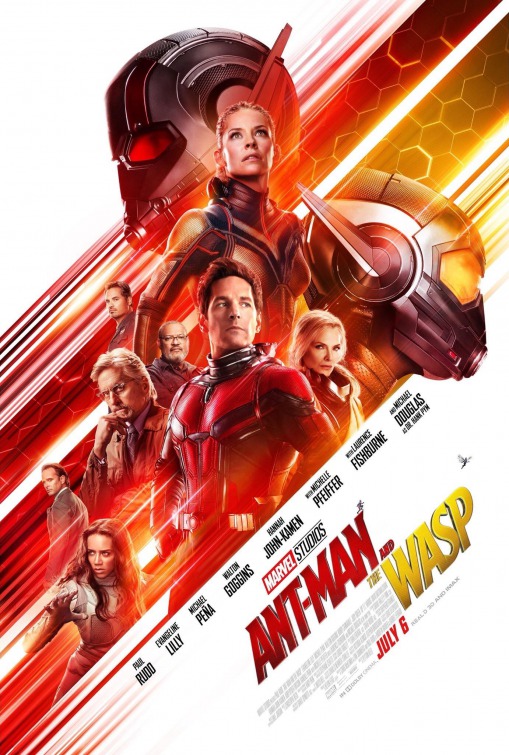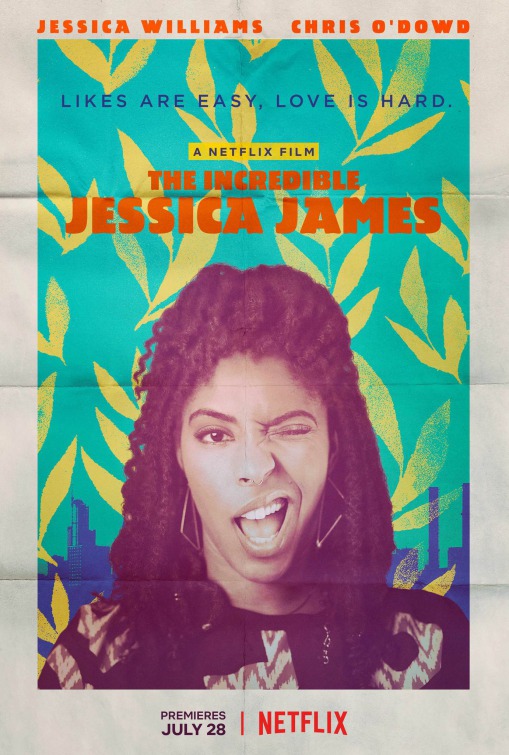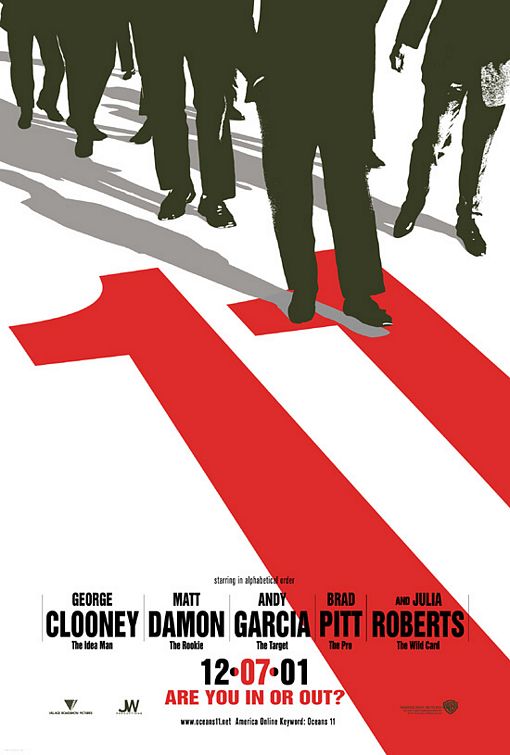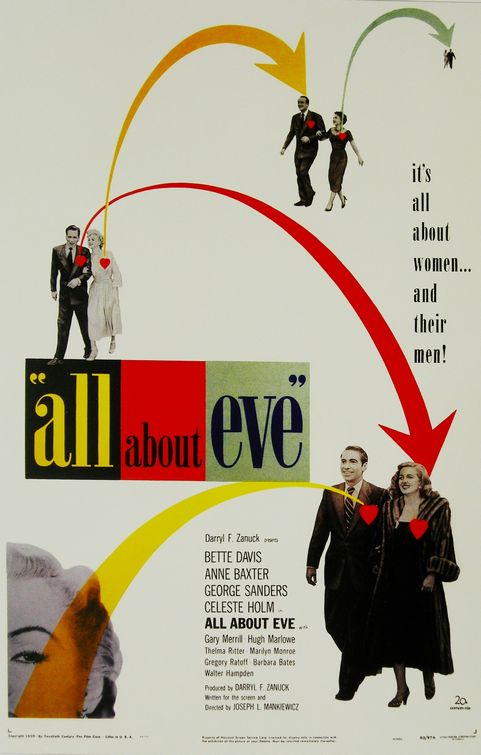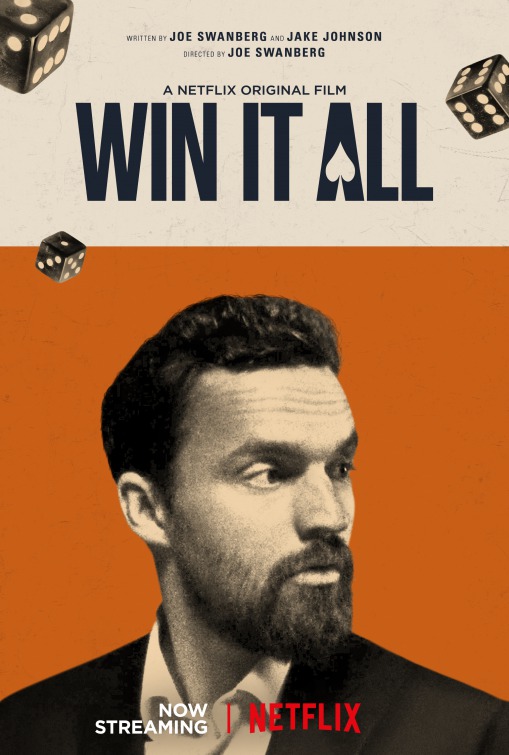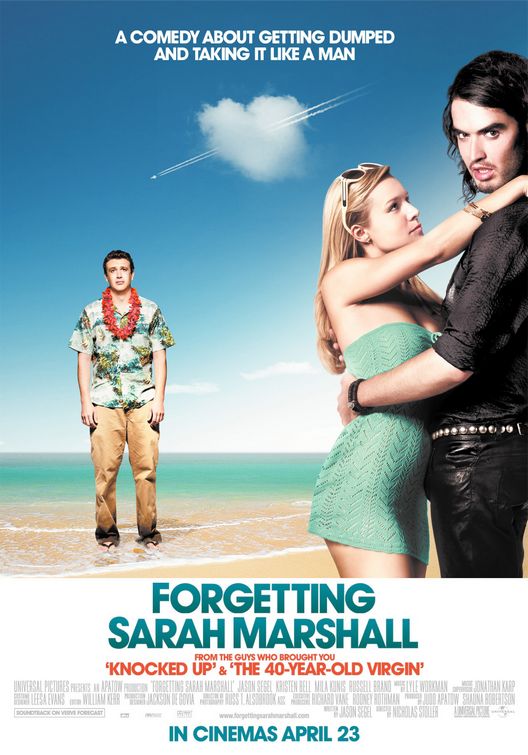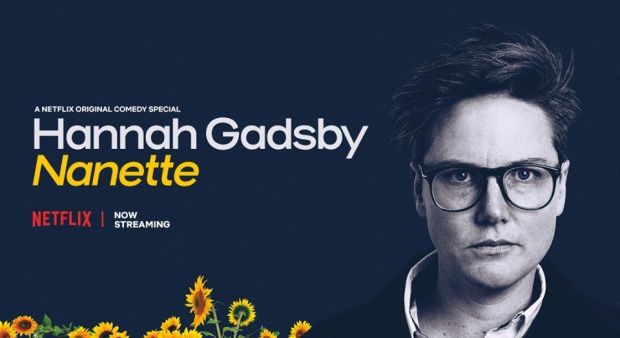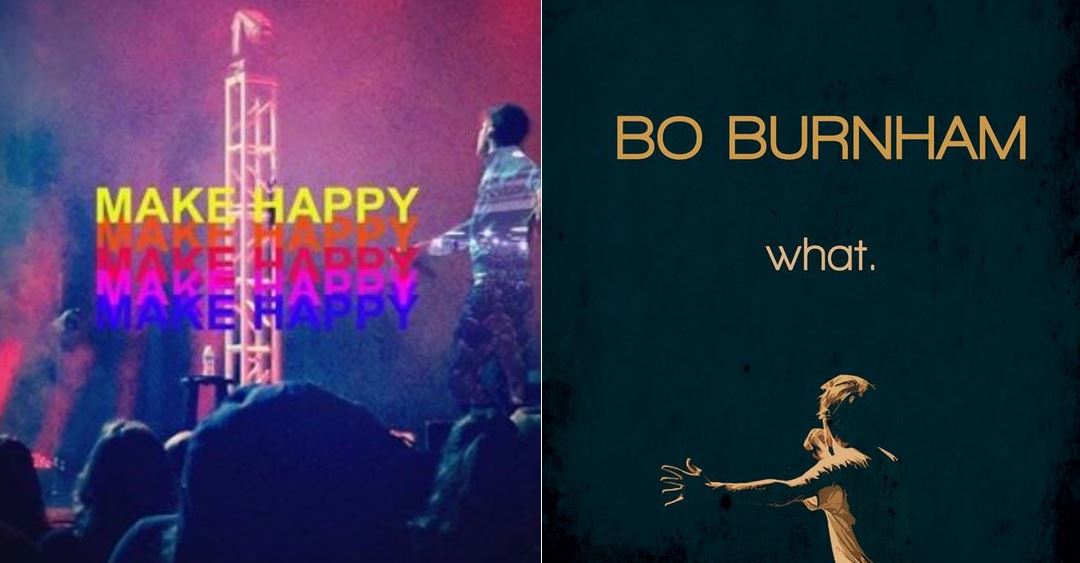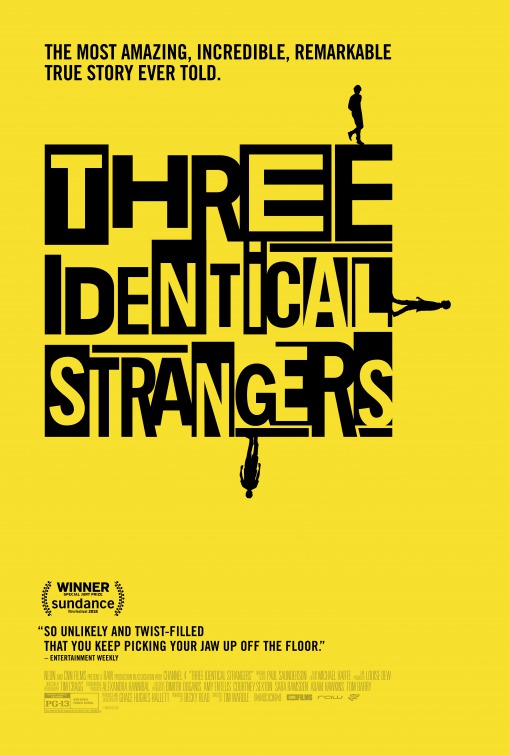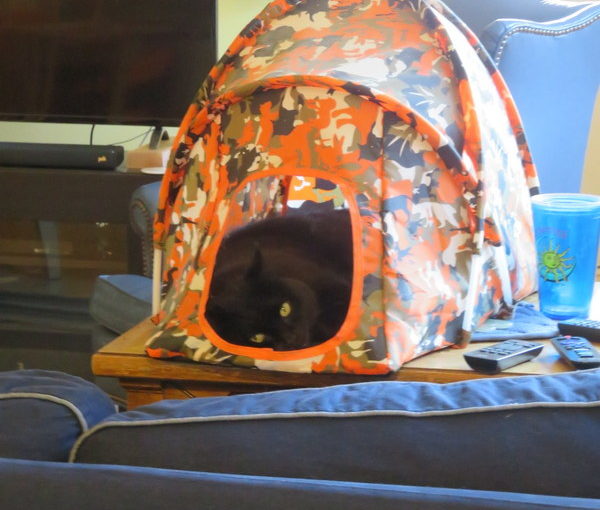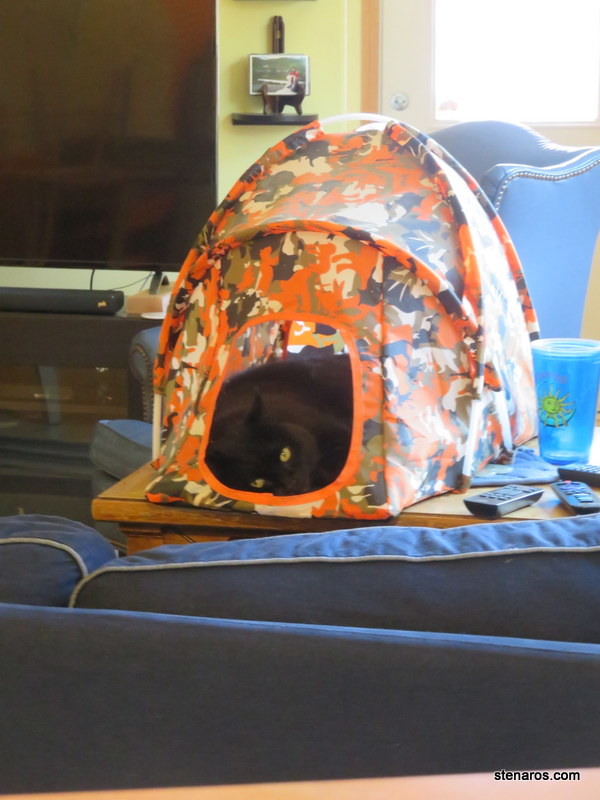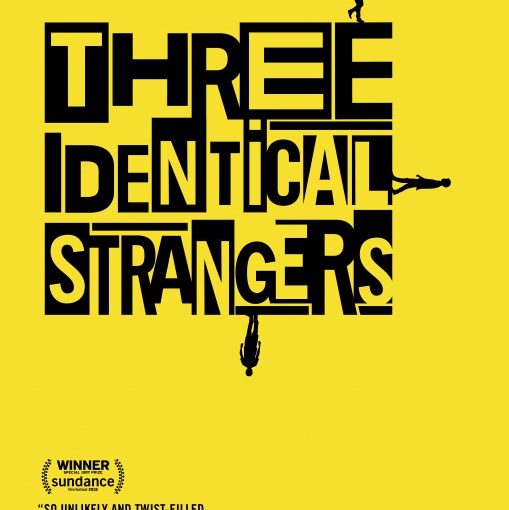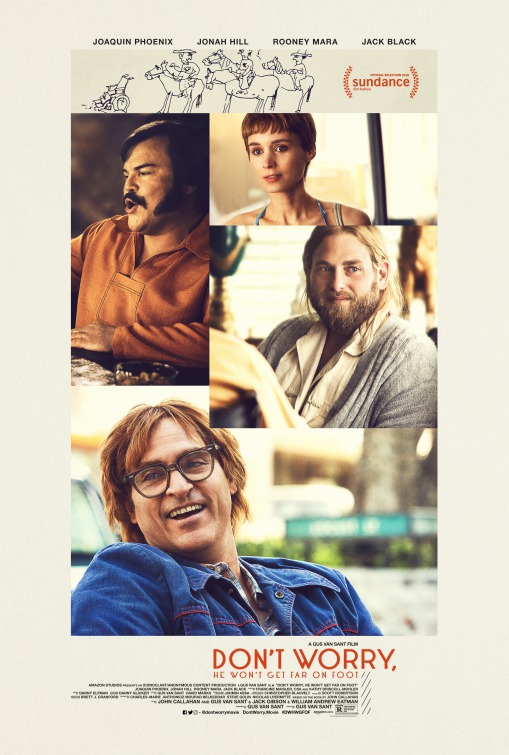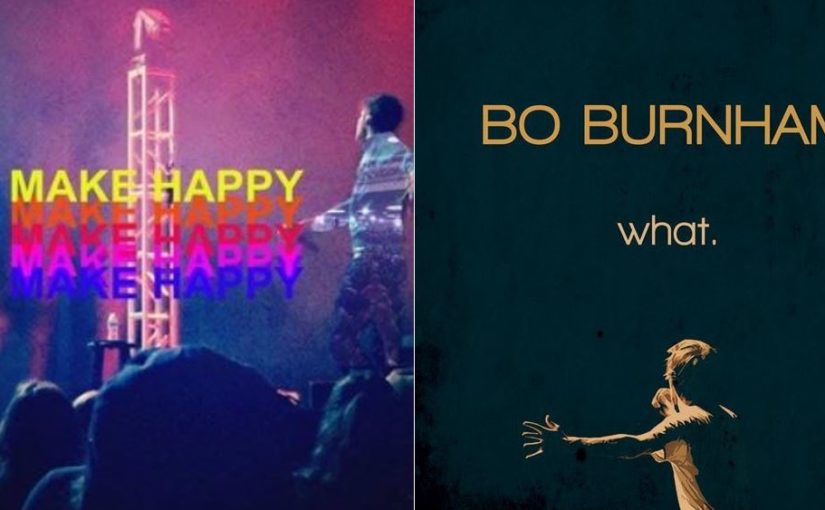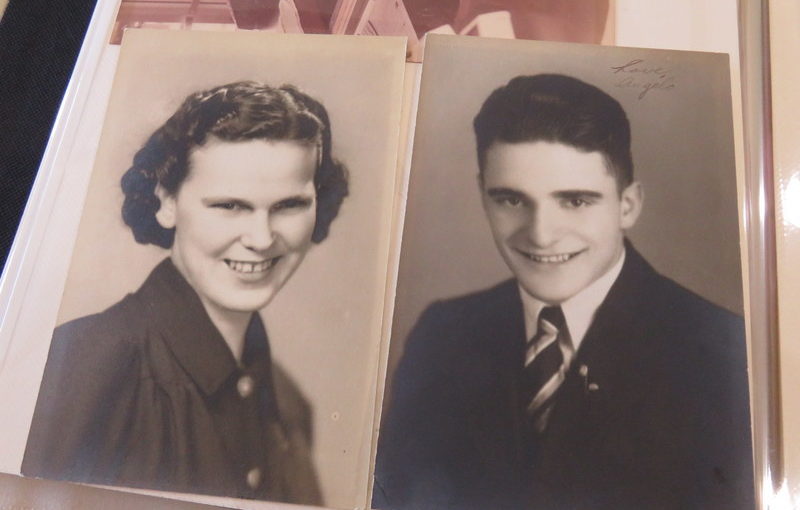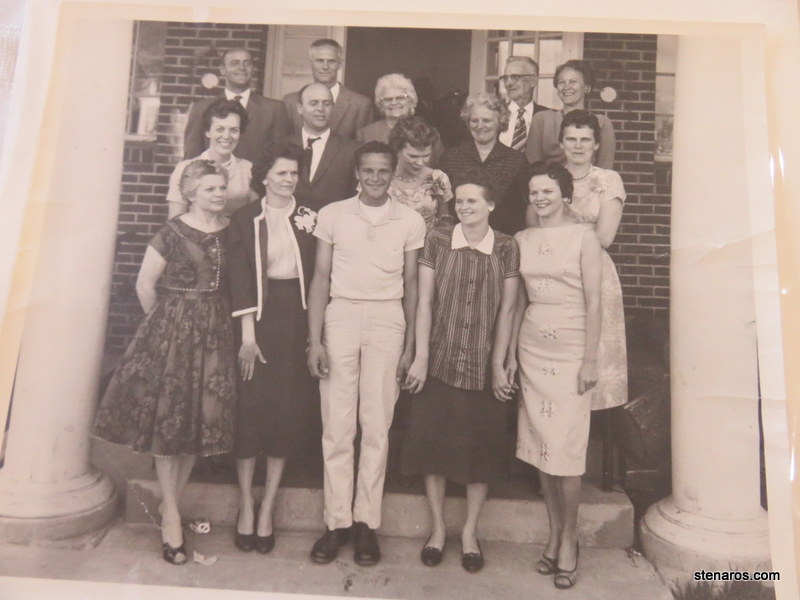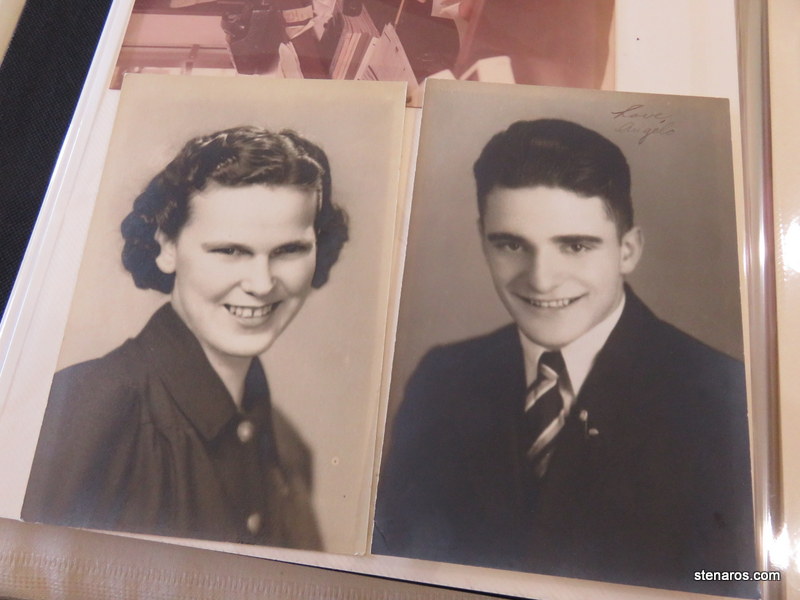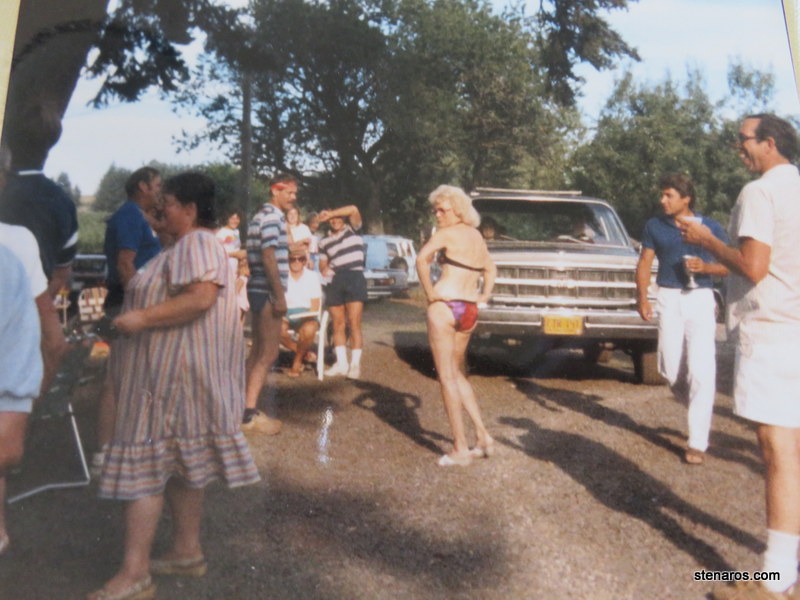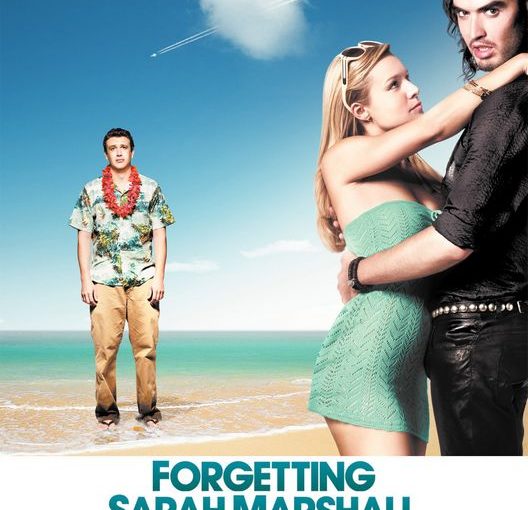So much YA this month. And so much YA I enjoyed reading!
Recommended
Picture books: Drawn Together, El Chupacabras
Middle grade: Bob, (all of them, really)
Young adult: Love, Hate and Other Filters (and Graceling, esp. as a read aloud.)
Young nonfiction: Underneath it All
Adult fiction: The Gunslinger
Picture Books
Pride: The Story of Harvey Milk and the Rainbow Flag
Sanders/Salerno
Read for Librarian Book Group
A history of the Pride flag, that rainbow symbol that has become ubiquitous. I loved the illustrations as many of the figures appeared to be striding forth in a confident manner. There were also interesting facts regarding how the colors changed and the book showed well the flag’s path to ubiquity. The information was also age appropriate.
Drawn Together
Le/Santant
Read for Librarian Book Group
This mostly wordless picture book is the story of a grandson reluctantly visiting his grandfather. There are good compare/contrast sequences such as the difference between the grandfather and grandson’s lunches as well as the differing art styles. Very well done!
El Chupacabras
Robin/McCreery
Read for Librarian Book Group
So many fun things in this bilingual book which uses sentences that switch between English and Spanish. I love the use of color and the humor. It’s fun to find the various things the goats are eating. Plus, it takes something scary–El Chupacabra–and deflates the scare level.
Vernon is on his way
Philip C. Stead
Read for Librarian Book Group
A story in three parts, which I see rather as a story in two parts with a prologue. The illustrations were nice and I loved the porcupine’s expression throughout. I especially loved the punchline of the fishing story. However the gardening story left me with question marks.
Middle Grade
Bob
Wendy Mass and Rebecca Stead
Read for Librarian Book Group
Livy is visiting her grandmother in Australia for the first time in five years. To her surprise when she opens the bedroom closet there’s a small creature waiting for her. The creature’s name is Bob and he hasn’t left the closet since the last time he saw Livy. Though he has passed time by building things with LEGO and reading the dictionary.
I loved how this book makes quirky situations seem normal. Both Bob and Livy are compelling characters and Mass and Stead have written a clean, smooth story that is peppered with illustrations that capture the setting and the story. I also appreciate the subtle humor throughout, such as the name “Bob” which is exactly the kind of name a five-year-old would bestow on a random creature.
The Journey of Little Charlie
Curtis
Read for Librarian Book Group
Aside from initially being confused as to the race of Little Charlie (he’s white and the son of sharecroppers, not a black slave as I had assumed from the first page) this was an engaging read. Little Charlie gets roped into a journey to Dee-troit with a slave overseer. Though Little Charlie is still little in the sense of age–he’s 12–he’s as big as a full-grown man.
The dialect, which I initially found off-putting, grew on me and the high stakes throughout the book kept me reading. There is a lot of good discussion fodder around moral choices and existing laws. I also enjoyed the author’s note at the end of the book. I do wonder if the details of slavery might be a little much for an elementary school audience.
Front Desk
Kelly Young
Read for Librarian Book Group
Not many novels examine the plight of Chinese immigrants. Mia’s parents manage a motel owned by a man who takes advantage of their labor. Mia works the front desk when she isn’t in school.
Things I loved: getting a window on one aspect of the immigrant experience; the rich characterization of the weeklies and the immigrants that passed through; Mia’s relationship with her parents; insight into the difficulty of being an adult immigrant trying to raise a family.
Things I didn’t love. While most of the characters were well-rounded, I found the writing to be flat and the book was easy to put down. (I read a different book in the middle of reading this one.) I wasn’t sure of the time period though the very interesting author’s note cleared up my confusion.
Having finished the novel, I’ve thought more about this book than I do most books. Overall, this is worth reading.
Young Adult
Monday’s Not Coming
Tiffany D. Jackson
Read for Librarian Book Group
Claudia comes back from a summer with her grandparents to find that her best friend Monday is missing. Monday doesn’t come to school, and neither do her siblings. Claudia puzzles through this mystery as she attempts to make it through a school year without Monday, who has helped her hide her learning disability.
I liked a lot about this book, namely Claudia, the cultural markers of DC such as Go-Go music, and the way Jackson writes that keeps me turning pages. However, this book went too far, plot-wise. The structure had me confused and disinterested and when the big reveal happened, I was more annoyed than amazed.
I would suggest a rereading of the author’s first book, Allegedly, rather than a reading of this book, but I look forward to where Ms. Jackson will go for her next book.
Blood Water Paint
Joy McCullough
Read for Librarian Book Group
I’m not in the head space for this book right now. It’s easier for me to get through my days if I ignore the millennia of subjugation of women. This book doesn’t let me do that. I’m also not the biggest fan of novels-length poetry.
Setting those things aside, this is a powerful story of Artemisia Gentileschi, the seventeenth century Italian painter. While Artemisia’s story is told in verse, there are prose interludes of her mother’s retelling of biblical stories of Judith and Susanna. The main conflict in the book is based on the real transcripts of the seven-month trial. The details are grim. There are many good topics for discussion.
Also, I really liked the author’s note at the end.
Love, Hate and Other Filters
Samira Ahmed
Maya is an American, with parents from India. She wants to go to NYU and study film; her parents want her to stay close by and study something practical. Her family would be happy if she paired off with a nice Muslim boy; Maya might like a nice non-Muslim boy instead. She balances these things with the usual senior year stuff, but when a terrible crime happens in another part of the US, Maya’s life gets much more complicated.
This book is great for discussing so many things like fear and bigotry. And it’s also a bit of a swoony romance. Plus, vignettes in the life of the person who committed the terrible crime bring more meaning to his story. Very well done.
(Note: if you read this book too close to when you read My So-Called Bollywood Life, the things that are similar might have you confused as to which book is which.)
Graceling
Kristen Cashore
Read aloud
This turned out to be a GREAT read aloud. Halfway through the first fight scene, the boyfriend stopped reading mid-paragraph and said, “They should totally make a movie of this book!” I don’t disagree, but we’re going to have to wait for Hollywood to start making fantasy films starring women. It might be a long wait. In the meantime, there’s this awesome novel.
My So-Called Bollywood Life
Nisha Sharma
Winnie Mehta loves Bollywood movies, and plans to spend her senior year getting over her boyfriend (the guy a prophecy says was her soulmate, unfortunately he cheated on her while she was away at film camp) and getting into NYU.
Winnie seemed a little dense to me. Granted, this another problem with me being in book world and Winnie not knowing she lives in book world. Winnie didn’t pick up on details about the love triangle that were incredibly obvious. Also, she seems to have decided that only by accomplishing a very specific action will she be able to get into NYU. I wasn’t convinced that was the case.
However, I enjoyed Winnie’s review of Bollywood movies and how they synced to the chapter goings-on and I thought Winnie was a great example of how to handle an annoying ex-boyfriend who won’t go away. The obverse is that her annoying ex-boyfriend was a great example of male privilege and not taking no for an answer, which is infuriating to read.
(I read this right after I read Love, Hate and other Filters. Sometimes I confused the two books.)
Love and Other Carnivorous Plants
Goncalves
Danny’s just finished her first year as a pre-med student at Harvard, if by “finished” you mean “didn’t finish her second semester because she had to enter treatment for bulimia.” She’s home for the summer where she can reconnect with her best friend–who has no idea Danny was in treatment–get a job to keep her on the path of her future life as a doctor and look forward to going back to Harvard in the fall. None of those things happen.
This is a messy book. There was a major plot twist I didn’t see coming and the narrative ambles all over the place. It’s hard to read at times–the binging and purging feels very real–and people looking for a nice, tidy ending should not read this.
All that said, I liked this book a lot. It was messy and ambling like life is. The main character makes a lot of very bad decisions tempered with some only partially bad decisions. But I’m guessing we’ve all had periods like that, no?
Also, the title is great, particularly in the context of what carnivorous plants refer to in the context of the book.
Young Nonfiction
Underneath It All
Amber J. Keyser
Read for Librarian Book Group
I appreciated the feminist perspective of underwear through the ages. For instance, take a look at this quote, talking about how it was unusual for women to wear underwear–even while menstruating.
“In medieval Europe underpants and trousers were a symbol of male power. If the average women were to wear such garments, she was considered immoral or sinfully trying to undermine her husband’s authority. The nakedness of a woman beneath her dress signaled sexual availability. Wives were not allowed to refuse sex with their husbands at any time for any reason.”
Thinking about women’s clothing from a power dynamic sheds insight on why women wore such impractical garments for so long. As a feminist, I’m embarrassed I hadn’t fully considered that perspective past the thought of “it was what was done.”
The book was full of interesting insights through the first four chapters–Free bleeding into a rarely washed chemise! Mulling over the use of the chastity belt! After that it started to drag, though perhaps that’s because the history began to cover more modern times and I’m familiar with twentieth and twenty-first century underwear practices. I did find the information about the origin and propagation of Victoria’s Secret interesting.
The layout isn’t great. Some of the callout boxes appear several pages after things have been explained in text and the book describes some things that do not have accompanying pictures. I found that the sections about body positivity muddled the waters, but perhaps that shows my hand as seeing that movement separate from undergarments.
I write this while wearing a bralette, which is my weekend and after-work-hours-only bra. My underwire bras are in the washer, being cleaned so they will be ready to hoist my breasts into position for another week of office work. If I didn’t work in an office, would I wear sports bras all the time? Probably.
Adult Fiction
The Gunslinger
Stephen King
Read aloud
A long walk through an arid landscape brought to mind the U2/Johnny Cash song “The Wanderer.”
It’s a desert landscape somewhere in the future. But it’s somehow connected to the 1980s. While things happened, it felt very much like the beginning of a saga. It was, however, a much better read-aloud book than the Game of Thrones series we stopped reading.
The Richest Man in Babylon
George Clason
This came as a recommendation from the ESI Money blog. It’s one of “The Only Five Money Books You’ll Ever Need.” It’s even the top choice listed.
But.
No.
I haven’t read all five books on his list, but the Millionaire Next Door and Your Money or Your Life are both much better than this book. The stories in this book were originally written as pamphlets handed out by banks in the early twentieth century. We’ve moved on from the narrative of parables set in the time of ancient Babylonia. The rules set out are solid, but this is a slog to read. Google a summary (here’s one) and move on.
